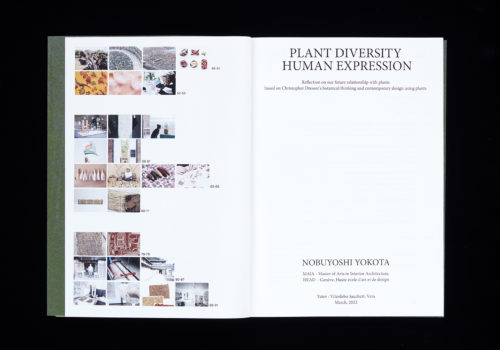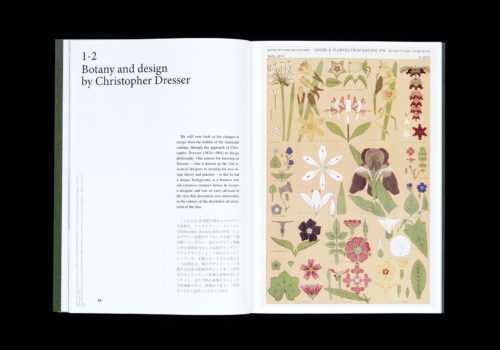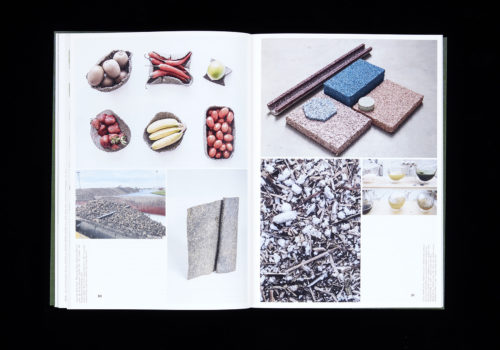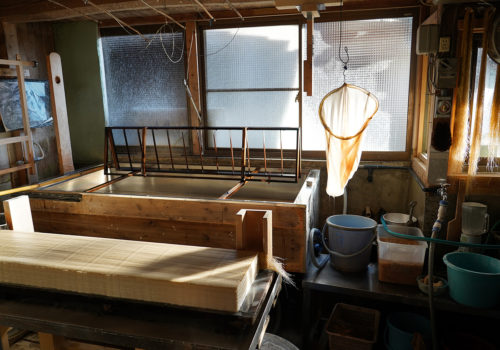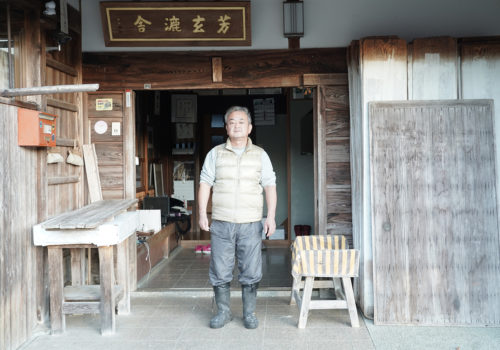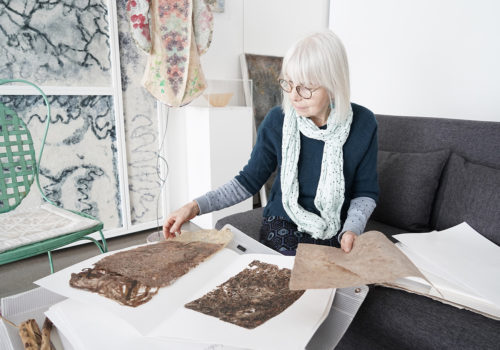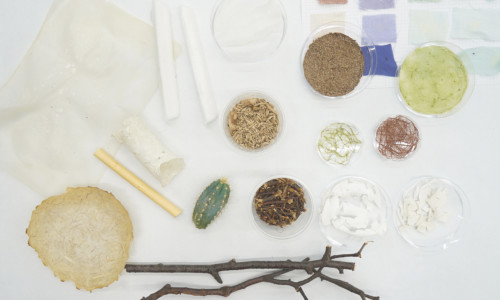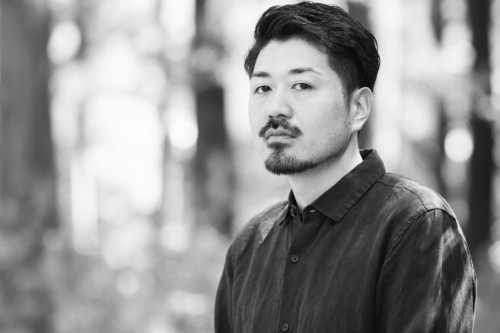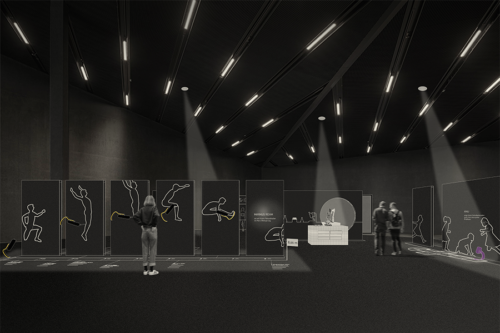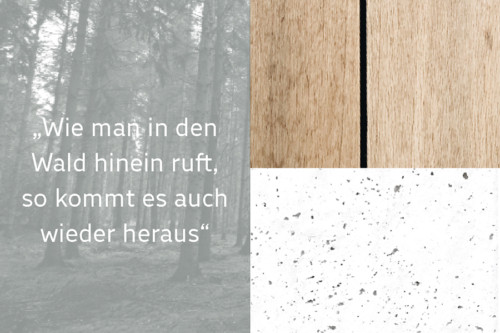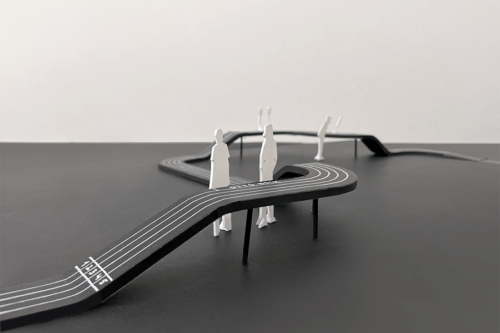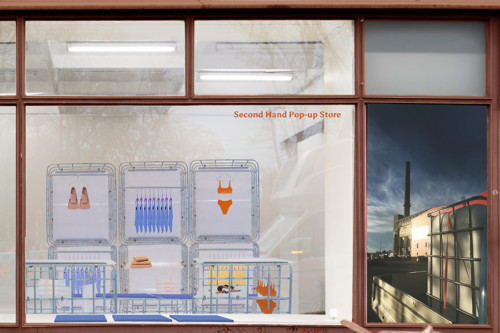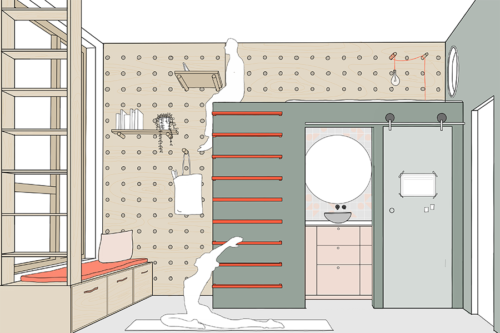Plant Diversity ; Human Expression – Nobuyoshi Yokota, Stipendiat 2021/2022
- Fig_01_© HEAD – Genève, Guillaume Collignon
- Fig_02_© HEAD – Genève, Guillaume Collignon
- Fig_04_ Fukunishi Washi Honpo/ Japanese paper making Atelier
- Fig_05_ Interviewee, Masayuki Fukunish
- Fig_06_ Interviewee, Viviane Fontane
Blog Interior Scholarship
Juni 2022
Blogger: Nobuyoshi Yokota
MAIA – Master of Arts in Interior Architecture
HEAD – Genève, Haute école d’art et de design
Plant diversity ; Human expression
– Reflection on our future relationship with plants based on Christopher Dresser’s botanical thinking and contemporary design using plants –
In this article, I would like to introduce the abstract of my master thesis which I wrote this spring. Since I started living in Geneva two years ago, I have been influenced by many people with different perspectives both in Geneva and in Japan, my native country. My way of thinking about nature and plants is not an exception. My interest in plants started when I discovered new methods of design with plants at Aalto University in Finland last summer. I had no hesitation in researching plants and the expression of human beings using plants, their genealogy and the future relationship between plants and us. I hope this thesis will give you the chance to rethink plants, nature and the relationship we have to them.
This thesis is an attempt to answer the question: “What kind of relationship should we build with plants?”
The contribution of plants to global eco- systems is significant. We humans are no exception: we have been working with plants since ancient times. Not only as foodstuffs, but also as medicinal herbs or natural remedies for medical treatments, or even in the arts, crafts and design that we shape. Plants are the raw material for everything that surrounds us, and the source of inspiration for the forms of things. Through plants, we, humans, are part of a larger ecological cycle. Looking at the history of man and plants we can see that in our artistic activities of the post industrial revolution period, movements in which plants and expression had a strong relationship, such as Naturalism and Art Nouveau, had developed in Europe in the nineteenth century. In recent years, many philosophers and designers have once again attempted to rethink the relationship between plants and ourselves. Why are they calling for us to reconsider our relationship with plants? And what does it mean for us to design using plants today?
In this dissertation, we will explore the meaning of design using plants from multiple perspectives, including not only recent ideas but also the history of design and plants, in order to broaden our understanding on the subject. We will begin with the ‘Past’, focusing on plants and their design expressions since the post-Industrial-Revolution nineteenth century – when the term ‘design’ first came into use – and notably through Christopher Dresser’s approach. Then as the ‘Present’, we will examine plant-based design in the 21st century, as exemplified by Plant Fever. Finally, in the ‘Future’ section, we will consider the ideal relationship between ourselves and plants through a comparison of the work of Dresser and Plant Fever, as well as interviews with contemporary artists making handmade paper using plants as raw materials.
Tutor : Vilardebo Sacchetti Vera (HEAD)
Photographs (fig01-03) © HEAD – Genève, Guillaume Collignon
Interior Scholarship – das AIT-Stipendium der Sto-Stiftung






